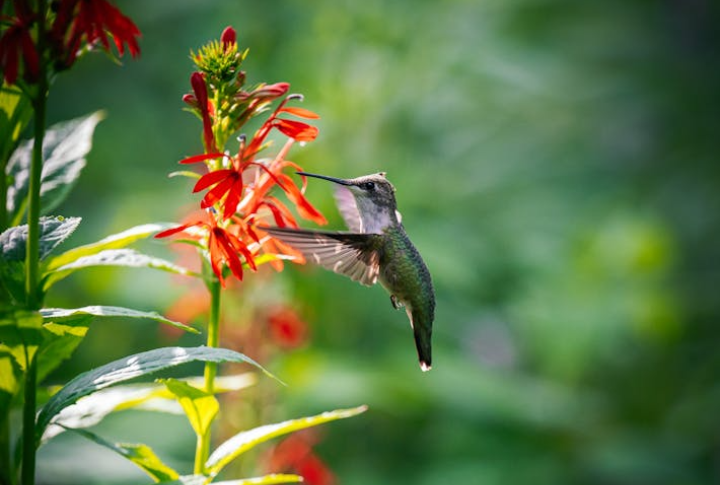
Want to turn your garden into a birdwatcher’s dream? It’s not just about feeders or fountains. Color plays a huge role in attracting your feathered visitors. This list is here to help you make your backyard come alive with wings and song. It contains 10 garden colors that actually help you achieve that.
Red Blooms That Signal Nectar
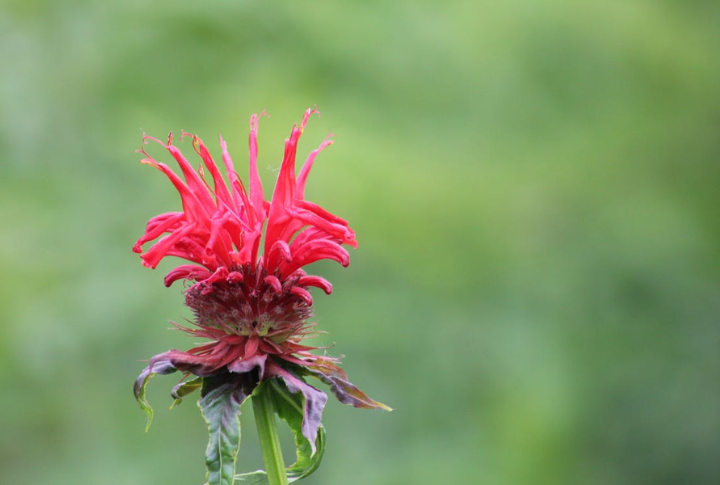
Hummingbirds spot red faster than most other hues, thanks to their visual wiring. Tubular flowers like bee balm and cardinal flowers give consistent payoff. In nature, red signals ripeness. When used in feeders or blooms, it draws fast-moving species that rely on color to locate nectar.
Orange Flowers That Mimic Fruit
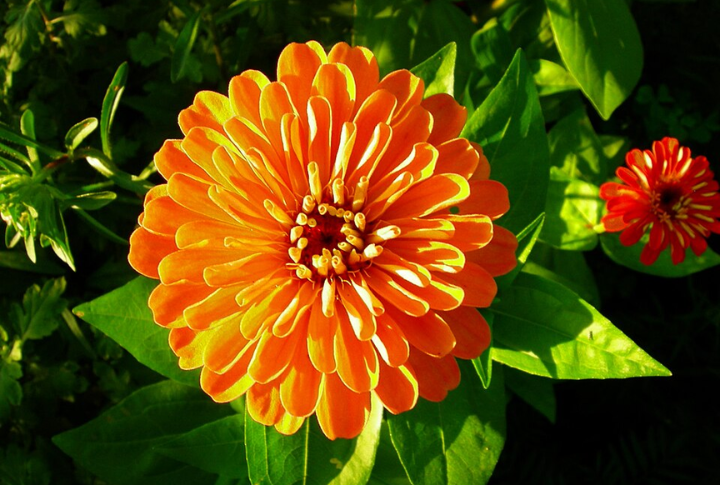
High-contrast orange can lure in orioles and hummingbirds, especially during cooler morning light. Trumpet-shaped vines and compact zinnias deliver the visual and nectar cues birds need. The color’s resemblance to fruit works biologically. Bright and accessible, orange patches boost garden appeal and avian activity simultaneously.
Silver And Gray Foliage That Signals Safety
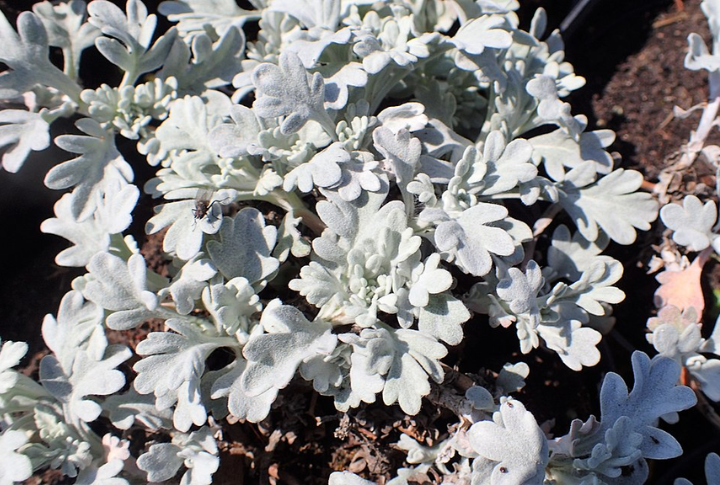
Silvery leaves from plants like artemisia or lamb’s ear offer more than decoration. They reflect heat and light, making them practical near feeders. These shades replicate dry habitat edges where birds like sparrows nest. For ground feeders, gray signals shelter and an invitation to stay.
True Blue That Stands Out In Nature
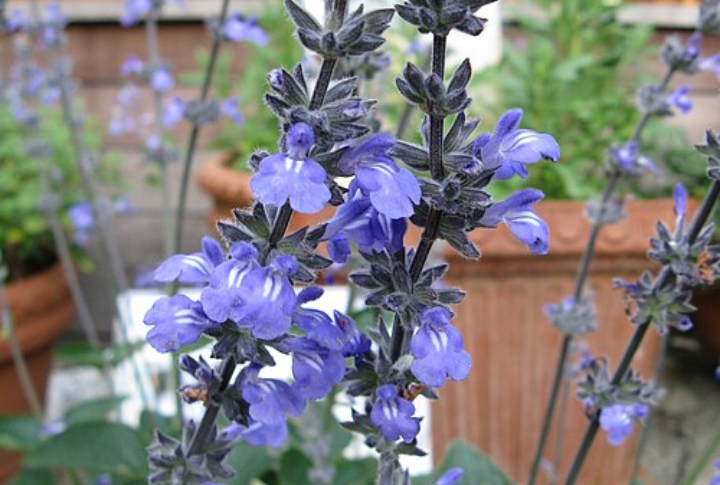
Among all garden shades, true blue catches attention because it’s uncommon. Bachelor’s buttons and blue salvia reflect UV wavelengths, which birds see easily. Rarity makes the color novel, and novelty matters, especially for species scanning from above for standout spots to explore or feed around.
Burgundy Blooms That Mimic Ripened Fruit
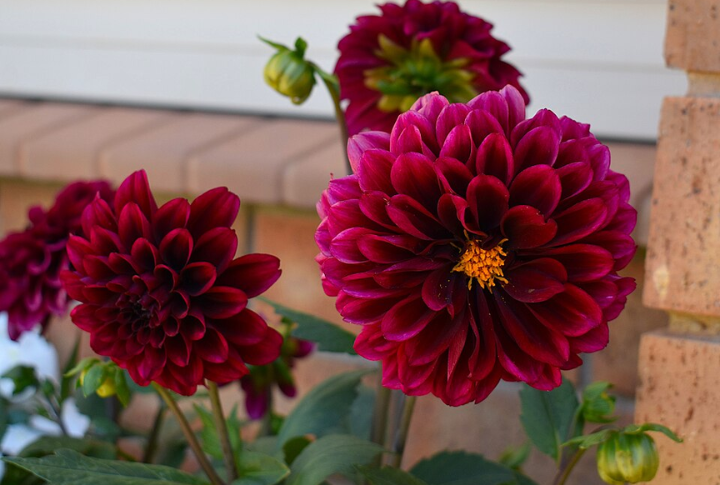
Migrating birds respond to deep shades that suggest mature blooms. Burgundy dahlias and dark red petunias pull in pollinators, which indirectly attract birds. These darker flowers offer both depth and contrast in layered beds, creating strong visual breaks in the green and signaling rich late-season food.
Golden Yellows That Signal Seeds

Coreopsis and sunflowers produce high-yield seeds while offering standout visibility from overhead flight. Gold tones register fast against leaves and soil, and birds associate them with feeding success. Seed-heavy and vivid, these flowers serve as multi-sensory landing zones. When planting for finches, this color matters.
Soft Pink As A Nectar Cue
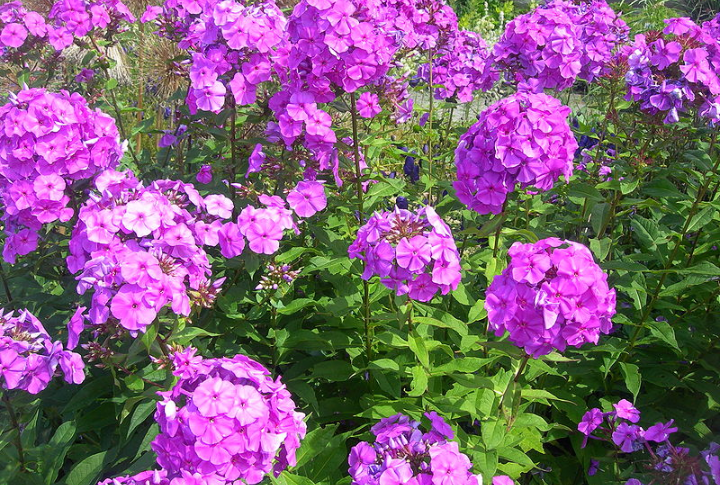
Subtle pinks offer an advantage by imitating natural sweetness indicators. Phlox and hibiscus are especially effective at supporting hummingbird and chickadee visits. These flowers don’t overwhelm the visual field but still suggest nectar. In mixed beds, pink serves as both a transition color and a reliable attractor.
Chartreuse And Lime As Focal Accents

In plants like Coleus, we find chartreuse and lime tones. These shades stand out against earth tones without overpowering them. Use them for layered contrast or visual breaks among brighter flower beds. These shades signal freshness and new growth, attracting curious species like tanagers.
Deep Violet For Late-Season Foragers
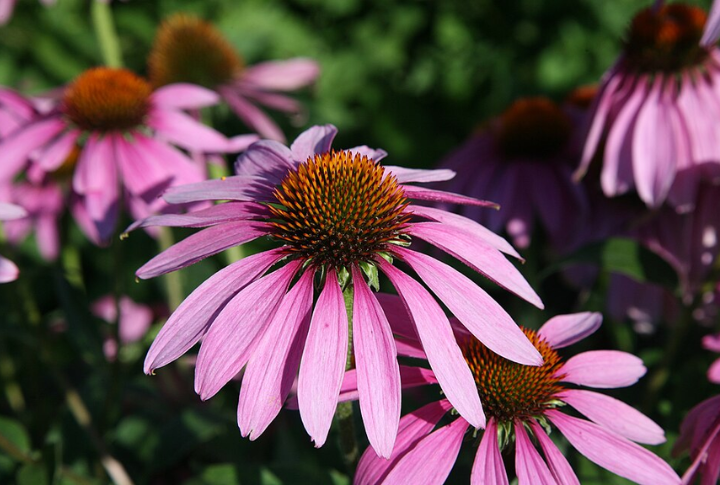
As migration ramps up, birds seek food signals beyond color brightness. Violet verbena and coneflowers stay relevant by producing nectar and seeds late into the season. Their UV reflectivity aids visibility. Deep shades cue availability and survival, especially when integrated into fall borders or corner beds.
Multicolor Mix To Attract Diverse Species
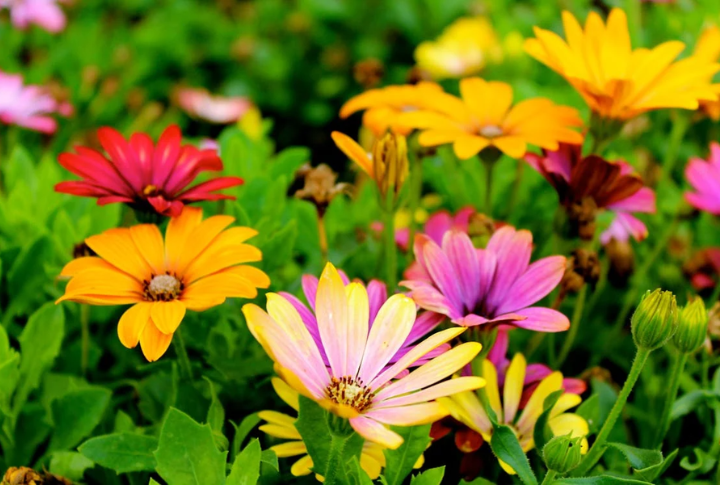
Diverse color palettes don’t just look wild but act it. Mixed-color gardens mirror native meadows where birds naturally forage. The variety increases the time birds spend browsing. These hues also draw pollinators, which support birds that feed on insects and add extra life to the garden.

